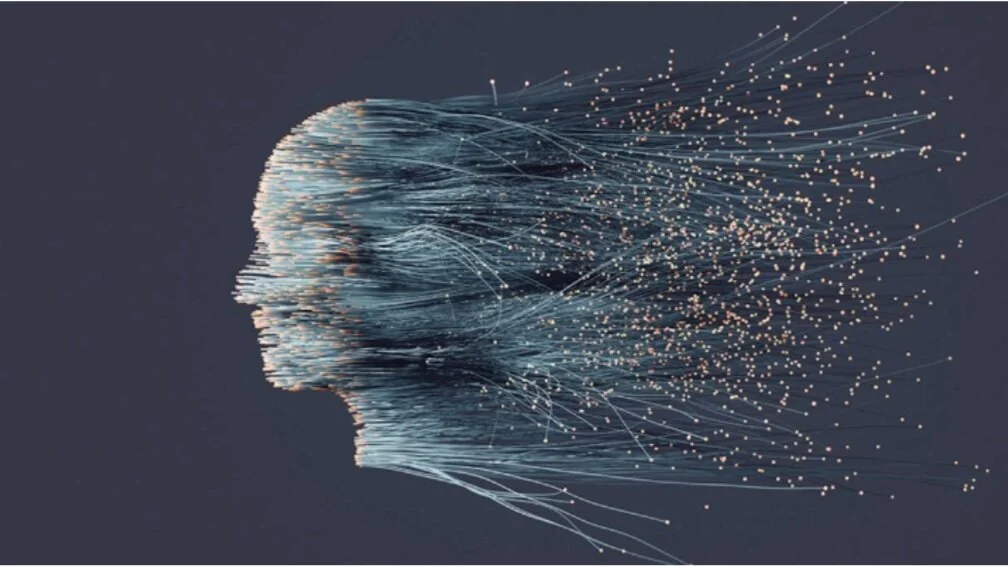Managing Triggers: React or Respond?
A client recently told me that she was standing at an intersection waiting for a car to stop. When the approaching car showed no intention of slowing down, she stepped into the street, barely avoiding a collision. ‘I have no idea what happened, that I would do something like that just to make a point’, she told me. ‘I felt so provoked.’
Whether at home or at work, most of us have been there. Someone talks in a certain tone of voice, acts aggressively or defiant and we have a much stronger reaction than expected or justified. We feel triggered.
What’s a trigger?
Triggers come in the form of events or experiences that cause an excessive emotional reaction. They can be compared to a barley healed wound that gets irritated and causes a sudden painful reaction. Triggers are often rooted in fears we hold based on previous experiences and activate our limbic or emotional center of the brain into fight, flight or freeze mode. So reasoning with them is usually not an option, as we are often not aware of what triggers us and our reactions can happen so fast that they erase the distance between stimulus and reaction.
A number of emotions can cause a trigger reaction, including feeling:
discounted or ignored, excluded, controlled or told what to do or feel, taken advantage of, and/or being concerned that someone is crossing our boundaries or poses an imminent threat.
However, not each time we are told what to do, for instance, causes a trigger reaction. It is only when those reactions seem excessive and disproportionate that we may suspect that we got triggered by an emotional pain that may have its roots in the past more than in the present moment. Like the barely healed wound these pains are concealed but flare up easily. The intensity of our reactions can negatively affect social and professional relationships and get in the way of connecting with others.
What to do about being triggered?
There are several ways we can resource ourselves to break the circuit of stimulus and reaction in favor of a more reflective response.
Taking a mental note of those moments and creating awareness on what sets off reactivity is a first step. Once we have a better understanding of what or who triggers us and when, we can start to change the way we relate to the trigger and eventually reduce its influence. The ability to observe ourselves as we are being triggered, and focus on thoughts and feelings in the moment makes us less activated in the amygdala. This immediately changes our reactivity as we don’t feel as compelled emotionally as when we are oblivious to what is happening.
Calming yourself by taking deep breaths, taking a short walk or doing mental fitness exercises (paying attention to sensations such as touch, sound, or vision) helps the body to self-regulate from a rush of adrenalin and cortisol and brings us back to the present moment.
Being curious by exploring what could be the root cause underlying the trigger shifts our mind from reacting to seeking knowledge. When we are curious, we strengthen the functional connectivity between the reward system of our brain that is anticipating to receive something desirable and the memory and learning systems which helps us to more deeply retain the memory and learning systems which helps us to more deeply retain the knowledge. Even if we discover that we don’t really know, we still get out of the reactive mode and take a wider, more panoramic perspective of the issue which will shift the response.
Meeting a trigger with self-compassion, rather engaging in an inner argument that puts us down. If the trigger is an inner critique (I’m not smart enough, etc.) it’s useful to acknowledge the voice as a reminder to step back and take a break rather than running with the emotion. Reaffirming that you are doing the best you can and feeling compassion for the underlying wound that may cause the trigger gives a sense of agency with more options to respond.
Creating healthy boundaries can be especially helpful if we find we get triggered by people who are closest to us, or with whom we share a lot of common history. Being as present as possible in such moments and expressing the emotions that you feel (faster heart beat, feeling anxious etc) and your need to take a break as things heat up, can be helpful to delay reactivity. Also, reminding ourselves that it’s normal to get annoyed with certain people or attitudes and that we just need to accept what we cannot change can reduce our need to react strongly and provide more perspective and agency. Again, practicing some mental fitness exercises is extremely helpful to access this perspective in the moment.
Once we develop tools to handle triggers, we break the immediacy of stimulus and reaction by resourcing ourselves. That step gives us more confidence that we can handle the situation and more options to responds rather than react. A powerful way to resource ourselves are mental fitness techniques. To find out more about my offer for mental fitness coaching please click here.
Sources:
Triggers: How We Can Stop Reacting and Start Healing by David Richo ©2019. (book)
How to let go of anger through mindfulness by Tata Brach (article)
How to Work with a Client’s Emotional Triggers - NICABM (course)



